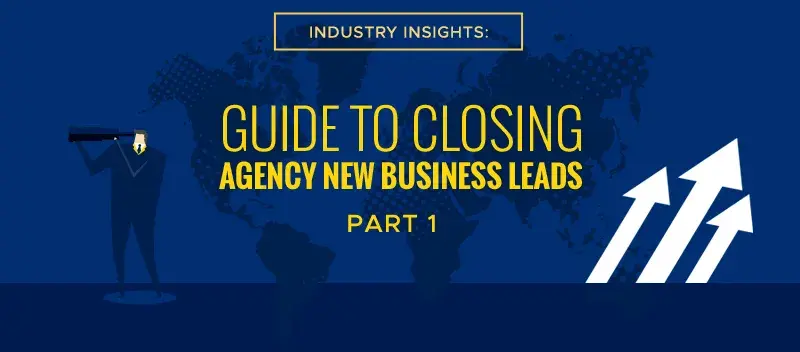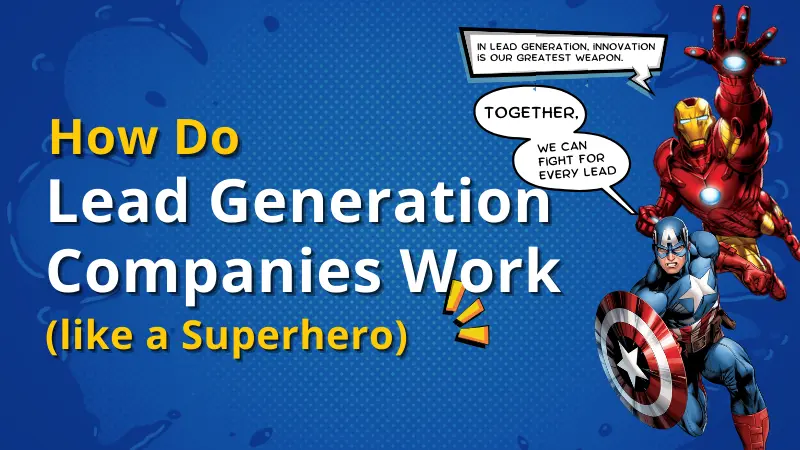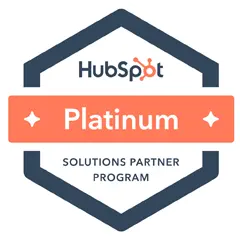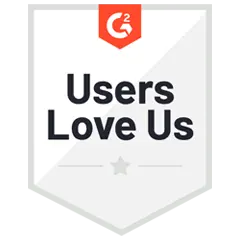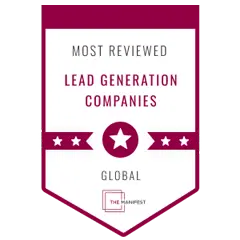Recent industry trends still mean tough times ahead for marketing and ad agencies. Competition continues to intensify, while growth in ad budget/spend remains subdued. As a result, the industry’s biggest agencies are now seeing their slowest rate of expansion since the last recession, and the outlook isn’t likely to improve any time soon.
All this doesn’t bode too well for finding and winning agency new business. For an industry that thrives on balancing the revenue mix between new clients and existing accounts, an agency’s ability to tap into a steady flow of fresh customers can spell the difference between survival and disaster.
In this two-part blog series, we’ll tackle recent industry research that shed some light on agency new business development. For part 1, we’ll dissect proven ways of generating ad agency leads, and in part 2, we’ll learn about how to make your new business pitch more compelling and relevant to today’s ad agency opportunities.
Closing Agency New Business: The Big Picture
According to R3’s 2017 New Business Report, creative agencies saw a 10% drop in new business revenue last year. The report mentioned that the decline came as clients continued to move campaigns in-house and opt for more flexibility through project-based arrangements.
In 2017, around 80% of agencies predicted that clients would move some of their marketing activities to in-house teams. This forecast proved to be spot on as this year, Madison Avenue continues to feel the pressure as clients like P&G, Unilever, United Airlines, and others ramp up their in-house marketing capabilities.
Stats compiled by HubSpot also show that the shift away from AORs toward project-based work has accelerated. Around 35% of agencies report that project-based work now represents more than 60% of their portfolio, which indicates a huge jump from just a year earlier when only 20% of agencies reported this number.
Another key industry trend that’s driving agency new business is the widening disconnect between marketing budget and spending. As Forrester points out, there are currently “large gaps” between clients’ media budget and actual ad spending, stemming from a lack of transparency and a “black box” mindset common to both traditional and digital agencies alike.
These industry developments mean that winning agency new business now requires:
- Competing not only with other agencies but also with prospects’ in-house teams
- Leveraging projects as a potential starting point for building long-term relationships
- Using data and marketing automation to increase transparency and accountability
Generating Ad Agency New Business Leads: From Trends to Tactics
Now that we’ve caught a glimpse of how key industry trends shape agency new business, here’s how to translate these into actionable lead generation tactics. These are based on the findings from the RSW 2017 Agency-Marketer New Business Report.
Paid channels cut through the noise.
The report finds that 3 out of every 5 marketers receive 6 to 10 calls from agencies each week. This clearly means that it’s getting harder for agencies to reach their target decision makers. Unless a prospect happens to be actively looking for an agency, you won’t have much luck connecting through crowded channels.
Paid channels like LinkedIn can help you stand out, especially when used with traditional touch points like emails and sales calls. This combination remains the most efficient way to reach qualified leads at scale.
Related: Leverage Social Media’s Influence to Reach More Targeted Customers
Offline boosts pipeline.
In 2017, the top lead generation tactics (in terms of agency new business won) include referrals (64%), networking (53%), and business from current clients (50%). This is shown in the following figure, which also illustrates how much other channels contributed to new business last year:
Another interesting result from the report is that, with the exception of email, the most effective tactics for winning agency new business consist of offline channels. So, this is probably an area you might want to look into as you refine your lead generation approach.
Related: Three Ways to Promote your B2B Business Offline
It’s all about standing out in your niche.
A number of findings from the RSW study strongly support specializing in your niche and differentiating based on what your target segment really needs:
- Looking for good talent remains one of the biggest challenges for marketers in 2018. Tweet this!
- Around 87% of marketers rank marketing automation capabilities as an important factor when choosing an agency. Tweet this!
- Almost 90% of marketers want an agency that specializes in their industry.
These results are especially relevant to small and mid-sized agencies that compete with larger firms. Becoming an expert in your target verticals is the only way to level the playing field in a fiercely competitive arena.
Related: The Best Lead Generation Tactics for Tapping B2B Niches
A solid process is half the battle.
If there’s one key idea to glean from the RSW report, it’s that the number-one reason why lead generation campaigns fail is that most agencies lack a solid prospecting process. From researching potential clients, to qualifying prospects and handing them off as opportunities for closing, the process needs the right mix of techniques, tools, and people to properly function.
Only a handful of industry players maintain robust sales enablement capabilities that equip their team with the information, content, and technology that help them connect with potential clients.
The Takeaway: Now that we’ve gotten up to speed with generating agency leads, it’s time to focus on the next part of winning new business: your pitch. That’s going to be the topic in part 2, so stay tuned for that.

